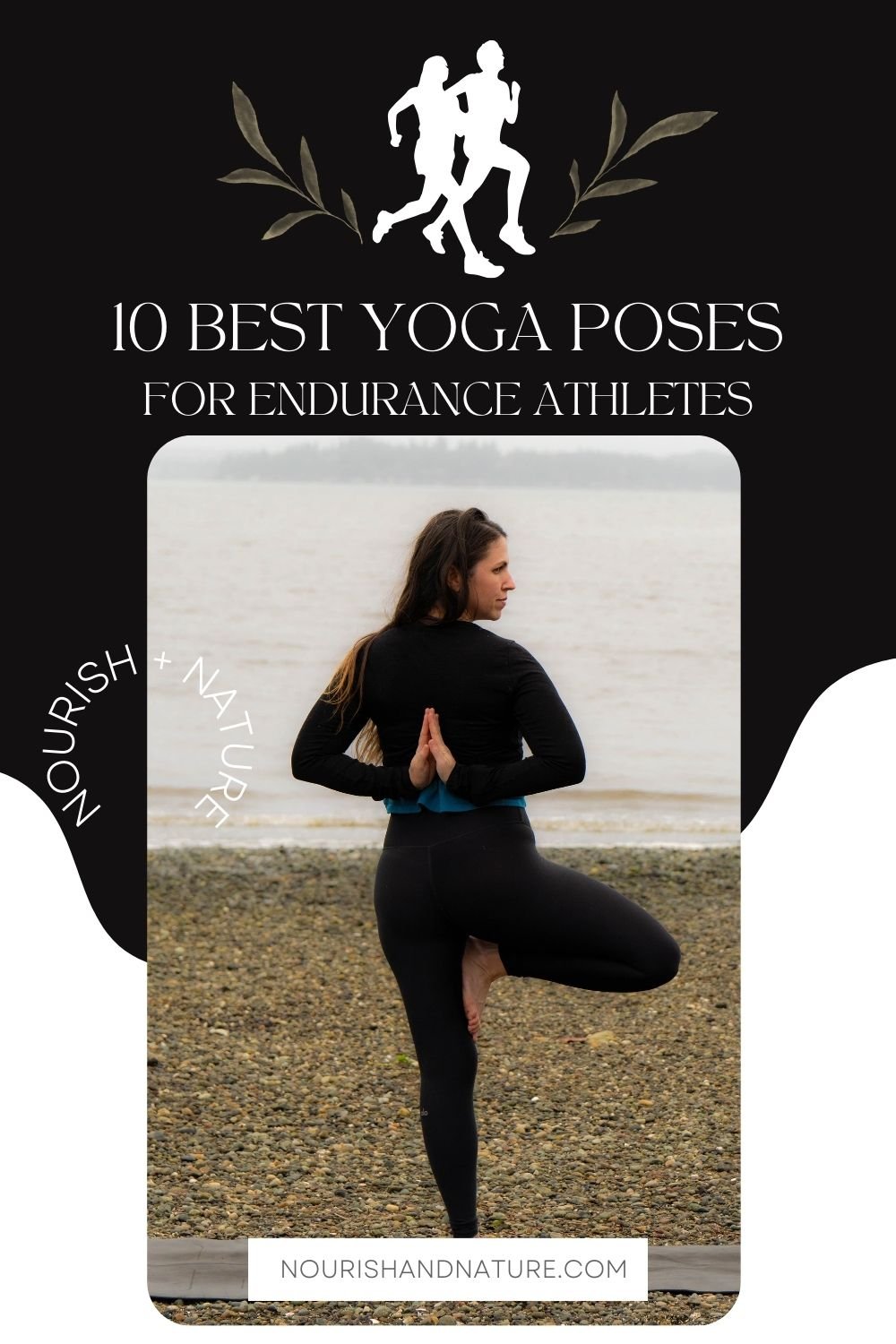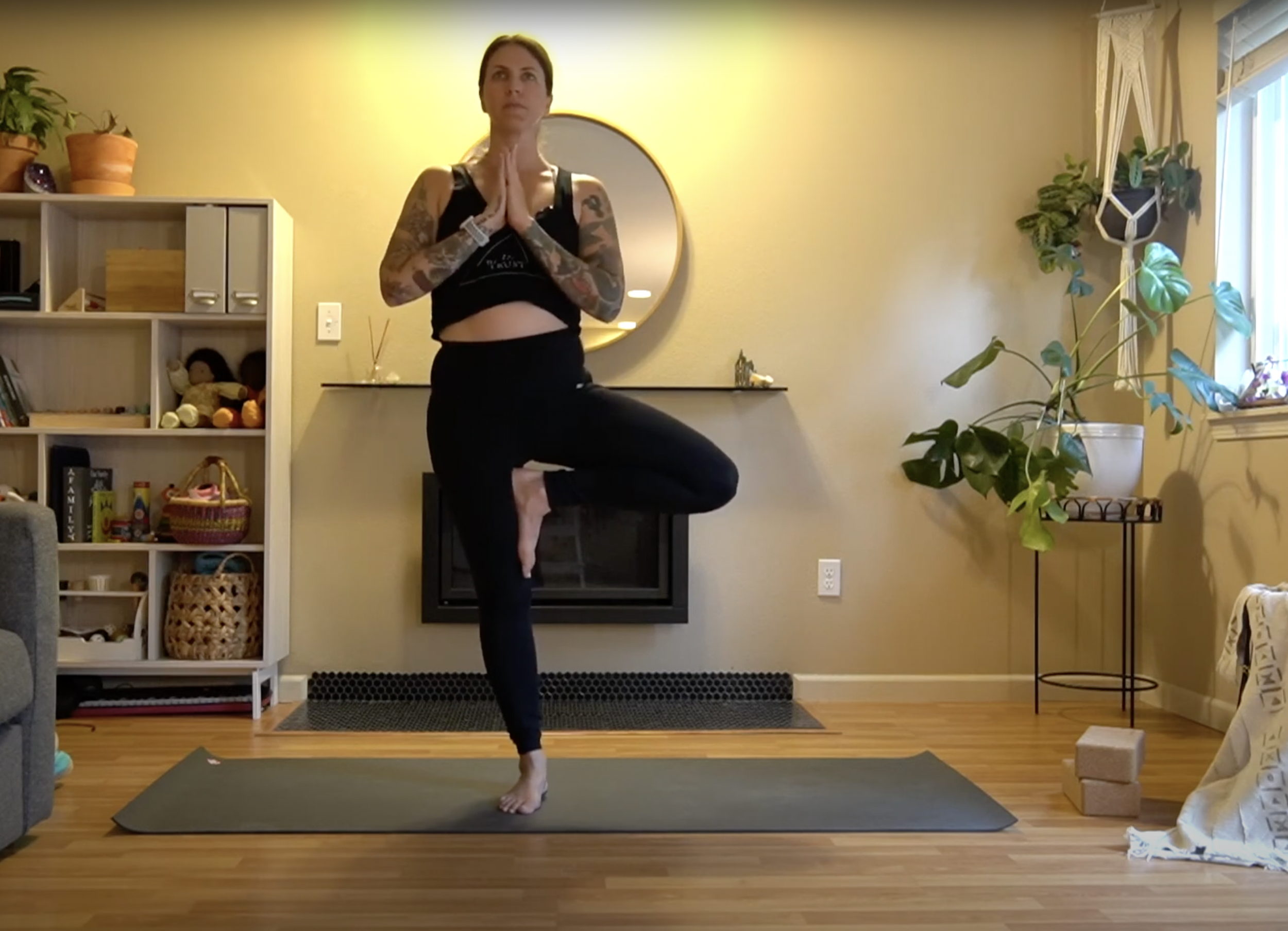The 10 best yoga poses for athletes
Yoga can be a beneficial complement to the training routine of endurance athletes, helping to improve flexibility, balance, and overall body awareness. Here are some yoga poses that can be particularly beneficial for endurance athletes:
Downward-Facing Dog (Adho Mukha Svanasana): This pose stretches and strengthens the entire body, including the hamstrings, calves, shoulders, and spine. It also helps improve shoulder and wrist flexibility.
2. Upward-Facing Dog (Urdhva Mukha Svanasana): This backbend opens the chest and strengthens the arms, shoulders, and back, helping to counteract the forward-leaning position often associated with endurance sports.
3. Pigeon Pose (Eka Pada Rajakapotasana): This hip-opening pose is excellent for runners and cyclists, helping to alleviate tightness in the hips and increase flexibility.
4. Warrior I (Virabhadrasana I): This pose strengthens the legs, opens the hips, and stretches the chest and shoulders. It can help improve stability and balance.
5. Seated Forward Bend (Paschimottanasana): This pose stretches the entire back of the body, targeting the hamstrings and lower back. It can help alleviate tension after long periods of sitting or intense training.
6. Happy Baby Pose (Ananda Balasana) This pose stretches and opens the hips, which is particularly beneficial for athletes who engage in activities that involve repetitive motion or impact on the hips.
7. Bridge Pose (Setu Bandhasana): This pose strengthens the back, glutes, and hamstrings while also opening the chest. It's beneficial for building stability in the spine.
8. Chair Pose (Utkatasana): Chair pose is a great way to strengthen the quads, hamstrings, and calves. It also engages the core and improves balance.
9. Tree Pose (Vrikshasana): This balance pose improves focus, concentration, and stability. It's great for building strength in the ankles and legs.
10. Child's Pose (Balasana): A restorative pose that stretches the back, hips, thighs, and ankles. It's a great way to relax and release tension after a workout.
Remember to listen to your body and modify these poses as needed. It's always a good idea to consult with a yoga instructor, (you can grab a private at most studios if you want individualized instruction) especially if you have any existing injuries or conditions. Integrating these poses into your routine may help enhance your overall performance and reduce the risk of injury.











